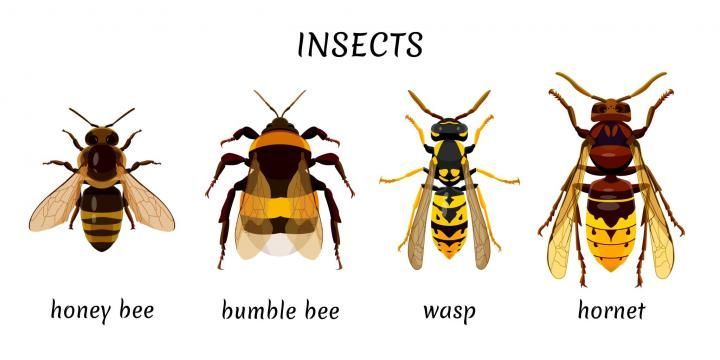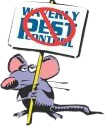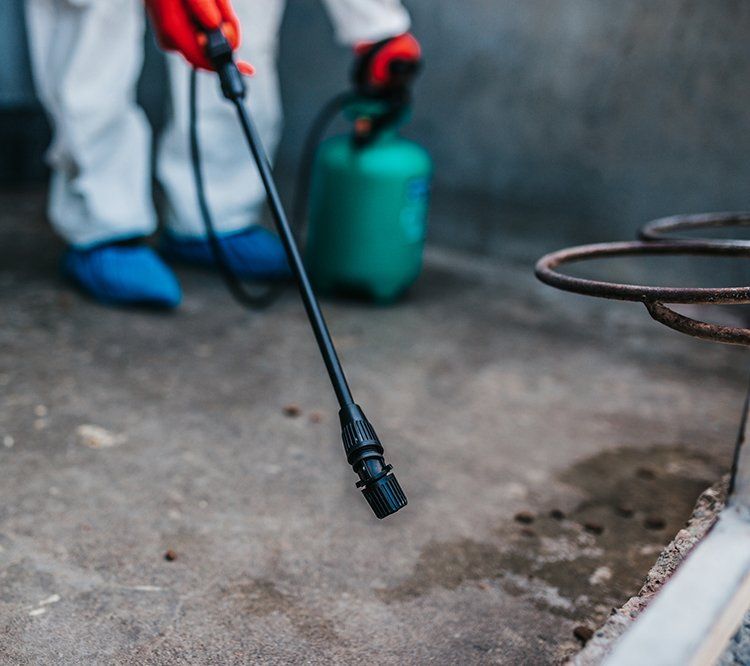Expert Pest Control In Wappingers Falls, NY and the Surrounding Hudson Valley Area
Our goal is to offer quality pest control to each customer, and help in educating that customer to better maintain their home or business. Our fully insured staff of technicians and office personnel have over 40 years experience and are certified in several categories of pest control. WPC will meet your individual needs by using an ecologically sensitive approach to Integrated Pest Management (IPM) using NYSDEC approved pesticides and organics.
We are a full service company, capable of handling all residential, commercial, and industrial pest concerns. WPC provides our services to individual homes, apartments, municipal buildings, hospitals, nursing homes, municipalities, restaurants, food manufacturing plants and various other businesses.
Our Pest Control Services
- Insect control: Bees, wasps, hornets, ants, spiders, fleas, ticks, roaches, bed bugs, flies, meal moths, millipedes, ear wigs, crickets, silverfish, mosquitos, gnats, fruit flies, mites, and various beetles.
- Wood Destroying Insect Control: Termites, carpenter ants/bees, and powder post beetles.
- Rodent Control: Mice and rats.
- Removal of: Bats, birds, raccoons, opossums, skunks, squirrels, ground hogs, snakes, foxes and other vermin using hav-a-hart traps and other methods.
- External Power Spraying: Structures and property. Chemical & Non-Chemical methods of treatment.
- Inspections: Reports are built in to every digital invoice, along with photos, chemicals used and labels. Written reports, renewable warranties.
- HUD & VA inspection reports NYPMA-33 form.
- Individualized maintenance programs, IPM (Integrated Pest Management) programs.
- Lawn Spraying
- Tree Spraying up to 40-60 feet
- Gypsy/Spongy Moth spraying
- Door Sweep Install.
- Chimney/Vent Caps Install.
Bugs that Buzz! Wasps, Bees, and Hornets: What's the Difference?
- Bees have a wide, hairy body and stout legs and lose their stinger when they sting.
- Wasps and hornets have skinny bodies with narrow waists. Their bodies are mostly hairless and can sting multiple times.

Hornets
All hornets are wasps, but not all wasps are hornets. In the U.S., we have no native hornets. Our main hornet is the European hornet, which was introduced to New York in 1840. It looks like a large yellowjacket—about ¾ to 1½ inches long—and nests in the ground or in hollow trees. Another “hornet” we commonly encounter is the bald-faced hornet, a type of paper wasp closely related to the yellowjacket. They are black with white markings on their face and abdomen. You have probably seen their huge, gray, basketball-sized nests swinging high in a tree.
Wasps
Although there are many solitary wasps, such as digger wasps and mud daubers, most wasps are considered social, meaning that they live in colonies with a queen, female worker bees, and drones, like honeybees. Solitary wasps nest in the ground or in natural cavities, while social wasps attach papery nests made from chewed fibers to tree limbs or the eaves of your house. The yellowjacket is a social wasp that will nest above or below ground. In the fall, all the social wasps die off—except for the fertilized queens. They overwinter in protected spots such as hollow logs, under loose tree bark, or in a soil cavity and emerge in the spring to start a new colony. Solitary wasps depend on their larvae to mature in spring and start a new generation.
Bees
Bees eat pollen and nectar, feeding it to their young. This makes them important pollinators. Bees look furry because they are covered with branched, feather-like hairs that pollen clings onto. Bees are not aggressive and only sting in self-defense. In fact, the male bees have no stinger. With the exception of honey bees and bumblebees, most bees are solitary and live in underground nests. Each female takes care of her eggs and gathers pollen to feed the larvae when they hatch. There are about 4,000 species of bees native to the U.S. and Canada.
Areas We Serve
- Beacon, NY
- Bedford, NY
- Bedford Hills, NY
- Billings, NY
- Castle Point, NY
- Chester, NY
- Clintondale, NY
- Cortlandt Manor, NY
- Croton Falls, NY
- Dover Plains, NY
- Fishkill, NY
- Florida, NY
- Goshen, NY
- Hopewell Junction, NY
- Hyde Park, NY
- Lagrangeville, NY
- Maybrook, NY
- Middletown, NY
- Millbrook, NY
- Montgomery, NY
- Mount Vernon, NY
- Newburgh, NY
- New Rochelle, NY
- North Salem, NY
- Ossining, NY
- Peekskill, NY
- Poughkeepsie, NY
- Scarsdale, NY
- South Salem, NY
- Wappingers Falls, NY
- Warwick, NY
- White Plains, NY
- Yonkers, NY
- Yorktown Heights, NY
- Kingston, NY
- Saugerties, NY







